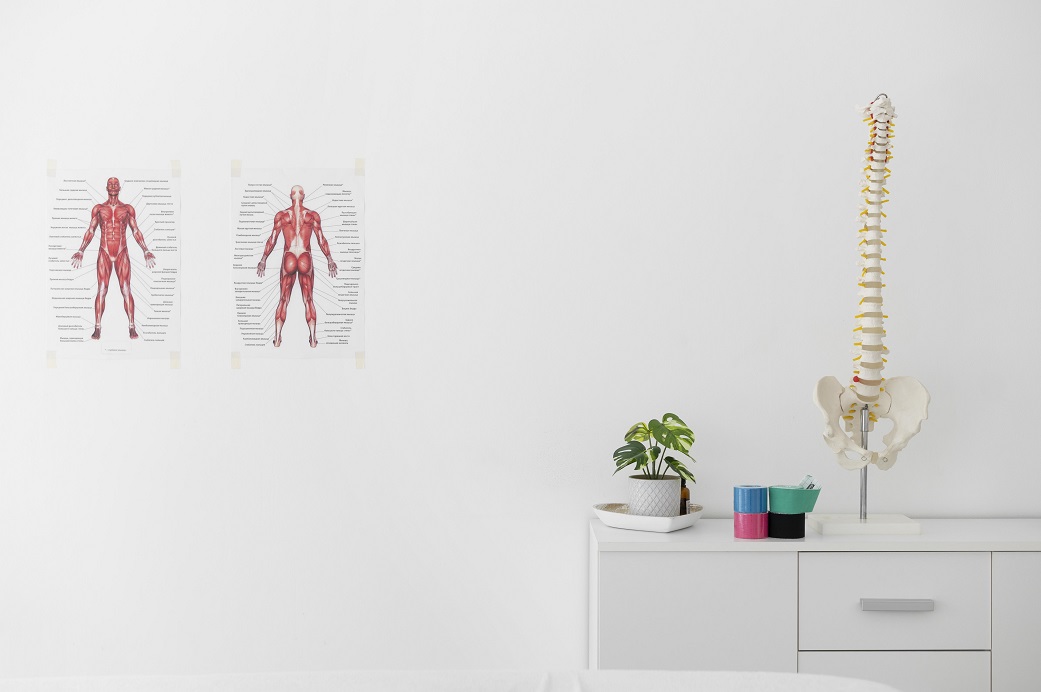Did you know that rehabilitation after a spinal cord injury can vary significantly depending on the person and the severity of the injury? In this article, we will explore the different types of rehabilitation programmes and how each is designed to help people reach their full potential. Join us on this journey and discover what makes each programme unique.
What is a spinal cord injury?
A spinal cord injury (SCI) occurs when there is damage to the spinal cord resulting in a loss of function, such as mobility or sensation. The spinal cord is part of the central nervous system and plays a crucial role in sending messages from the brain to the rest of the body.
Types of Spinal Cord Injuries
Before diving into rehabilitation programmes, it is important to understand the types of injuries. Spinal cord injuries are generally classified into two types:
– Complete Injuries: Where there is a total loss of function below the level of injury.
– Incomplete Injuries: Where there is some preserved function below the main level of injury.
Goals of Spinal Cord Rehabilitation
Spinal cord rehabilitation aims to:
– Improve physical function.
– Promote independence.
– Increase quality of life.
Spinal Cord Injury Rehabilitation Programmes
Every rehabilitation programme begins with a comprehensive assessment. This assessment helps specialists understand the level of injury and determine what functions can be restored or improved.
Physical Rehabilitation
Physical Therapy
This type of therapy focuses on improving muscle strength, coordination and overall mobility. Activities may include water exercises, treadmill therapy and the use of specialised equipment to assist mobility.
Occupational therapy
Occupational therapy focuses on improving the skills needed to perform daily activities. This may include dressing, cooking and other essential tasks to promote independence.
Cognitive Rehabilitation
In some cases, spinal cord injury can affect cognitive functions. Cognitive programmes are designed to improve memory, thinking and problem-solving skills.
Psychological Support
Coping with a spinal cord injury can be emotionally challenging. Psychological support is a crucial component of the rehabilitation process. It may include individual therapy, group therapy or family support.
Assistive Technology
Technology plays an important role in spinal cord injury rehabilitation. Assistive devices may include
– Exoskeletons
– Power wheelchairs
– Electrical stimulation devices
These technologies are designed to help individuals regain more independence and improve their quality of life.
Ongoing follow-up
Rehabilitation does not end when you leave the hospital or rehabilitation centre. Ongoing follow-up is essential to adapt the rehabilitation plan as the individual progresses or faces new challenges.
Conclusion
Rehabilitation programmes for people with spinal cord injury are essential to help them regain as much independence and quality of life as possible. Each programme is unique and tailored to the specific needs of each individual.
Now that you know more about spinal cord injury rehabilitation programmes, do you feel more prepared to explore the options available? The key is to find the programme that best suits the individual’s specific needs and work steadily towards the goals set. Remember, every step, no matter how small, is progress towards a more independent and fulfilling life.
Leave us your data to start your treatment







